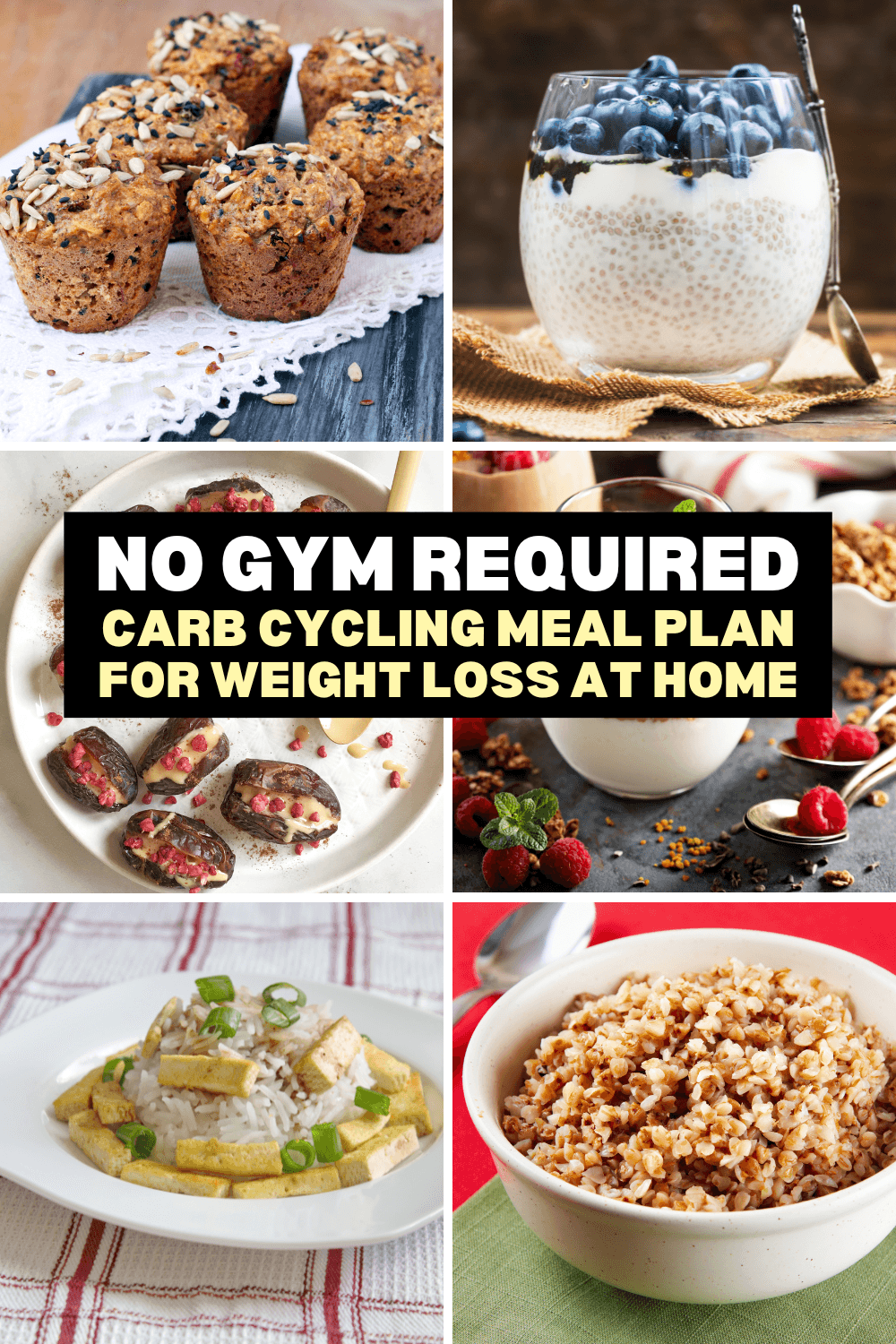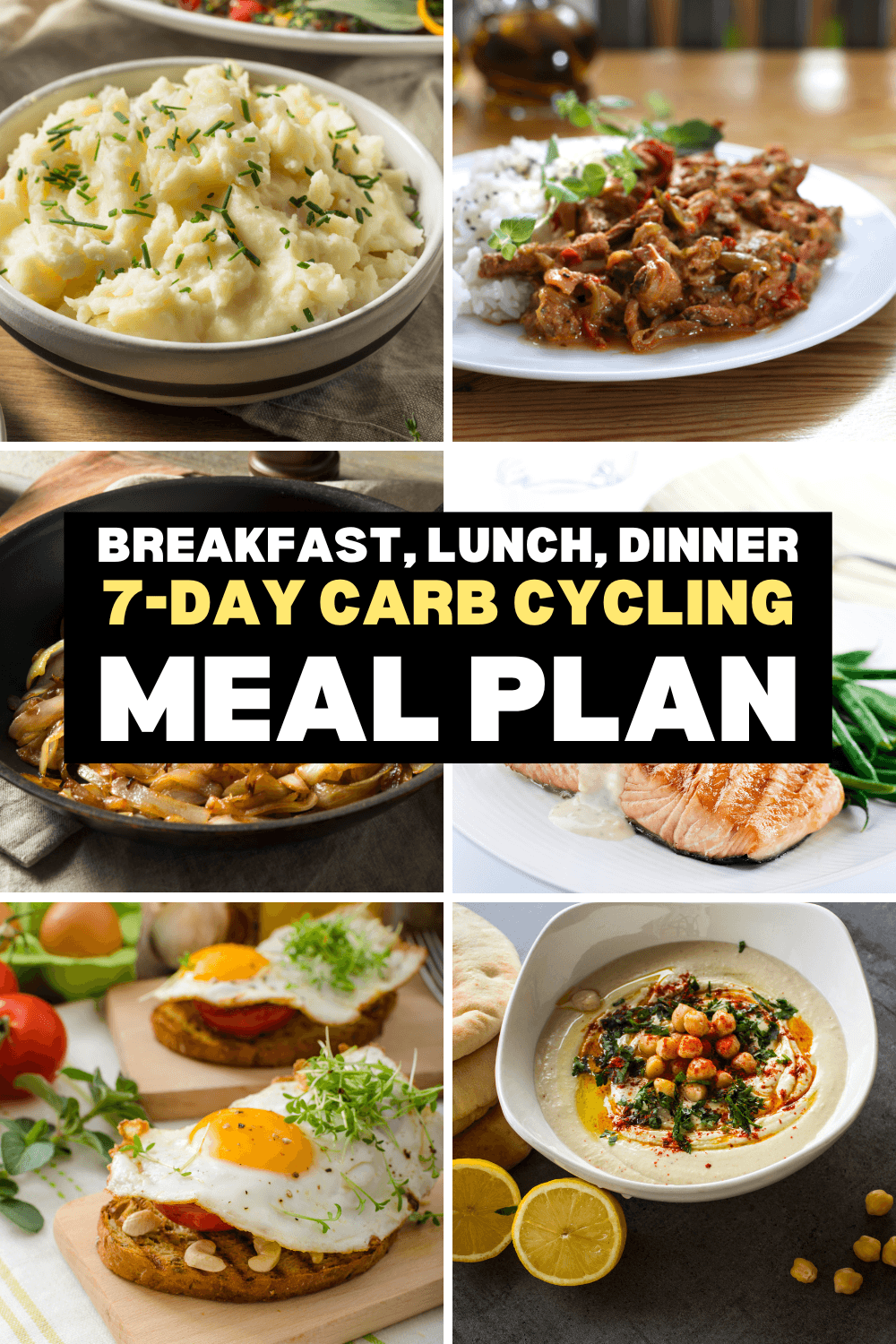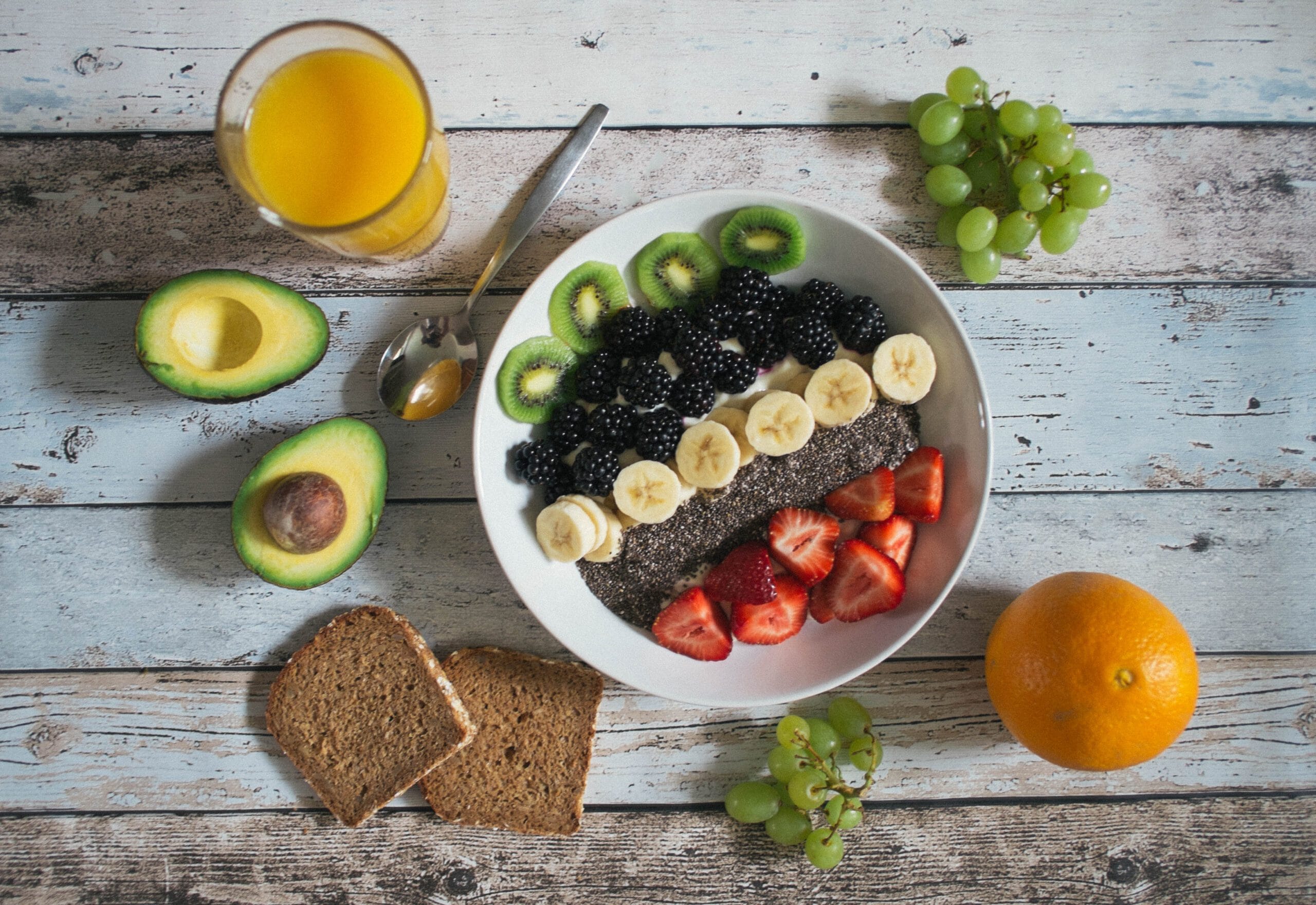Feeling overwhelmed by restrictive diets and confusing weight loss advice? Let’s ditch the demonization of carbs and talk about their power! These essential nutrients fuel your body and mind, from powering your workouts to keeping your brain sharp.
Forget the fads: carb cycling offers a flexible and sustainable approach to weight management and overall health. It’s like filling your car with the right fuel for the journey. By strategically adjusting your carb intake based on your activity level, you can:
- Feel amazing: Carbs provide the energy you need to conquer your day, both physically and mentally.
- Manage weight effectively: By tailoring your carb intake, you can reach your goals without feeling deprived or hungry.
- Boost overall well-being: Carbs contribute to brain function, muscle recovery, and keeping your energy balanced, leading to a healthier you.
How Does Carb Cycling Work?
Carb cycling is simple: you alternate between high-carb days and low-carb days based on your activity level.
- High-carb days (around workouts): These days provide ample fuel for muscle growth and peak performance. Choose complex carbs like whole grains, fruits, and vegetables for sustained energy.
- Low-carb days (rest or cardio): These days encourage your body to tap into stored fat for energy, promoting weight loss and fat burning. Focus on protein and healthy fats to feel full and stay healthy.
Carb Cycling for Everyone:
Carb cycling is not a one-size-fits-all approach. Your ideal carb cycling plan will depend on your individual goals, activity level, and preferences. Here are some general guidelines to get you started:
- If you’re looking to lose weight: Aim for a moderate calorie deficit and cycle between high-carb days (around 150-200g of carbs) and low-carb days (around 50-100g of carbs).
- If you’re looking to build muscle: Aim for a calorie surplus and cycle between high-carb days (around 200-300g of carbs) and moderate-carb days (around 100-150g of carbs).
- If you’re looking to improve your athletic performance: Aim for a balanced carb intake that supports your training and competition needs. This may involve cycling between high-carb days (around 200-300g of carbs) and moderate-carb days (around 100-150g of carbs).
Carb Cycling Benefits Beyond Weight Loss:
- Sustainable: Unlike restrictive diets, carb cycling allows for high-carb days to prevent cravings and make it easier to stick with the plan long-term.
- Fat Burning: Low-carb days promote fat utilization while maintaining a healthy body composition.
- Improved Performance: High-carb days replenish your energy stores for better workouts and increased calorie burning.
- Reduced Hunger: High-carb days help you feel satisfied and avoid overeating.
- Improved Mood and Energy Levels: Balanced carb intake supports optimal brain function and energy levels.
- Versatile and Customizable: Carb cycling can be adapted to fit your lifestyle and dietary preferences.
Carb Cycling Done Right:
To maximize the benefits of carb cycling, focus on whole, unprocessed foods:
- Eat: Whole grains, legumes, starchy vegetables, fruits, and high-fiber root vegetables.
- Limit: Refined grains (white bread, pasta), fried foods, sugary treats, and refined cereals.
Sample 7-Day Carb Cycling Menu:
This 2,000-calorie plan (adjust as needed) offers four high-carb days balanced by three low-carb days, with carb intake ranging from 105g to 225g. Enjoy three meals and two snacks daily, swapping similar items while keeping carb content in mind.











